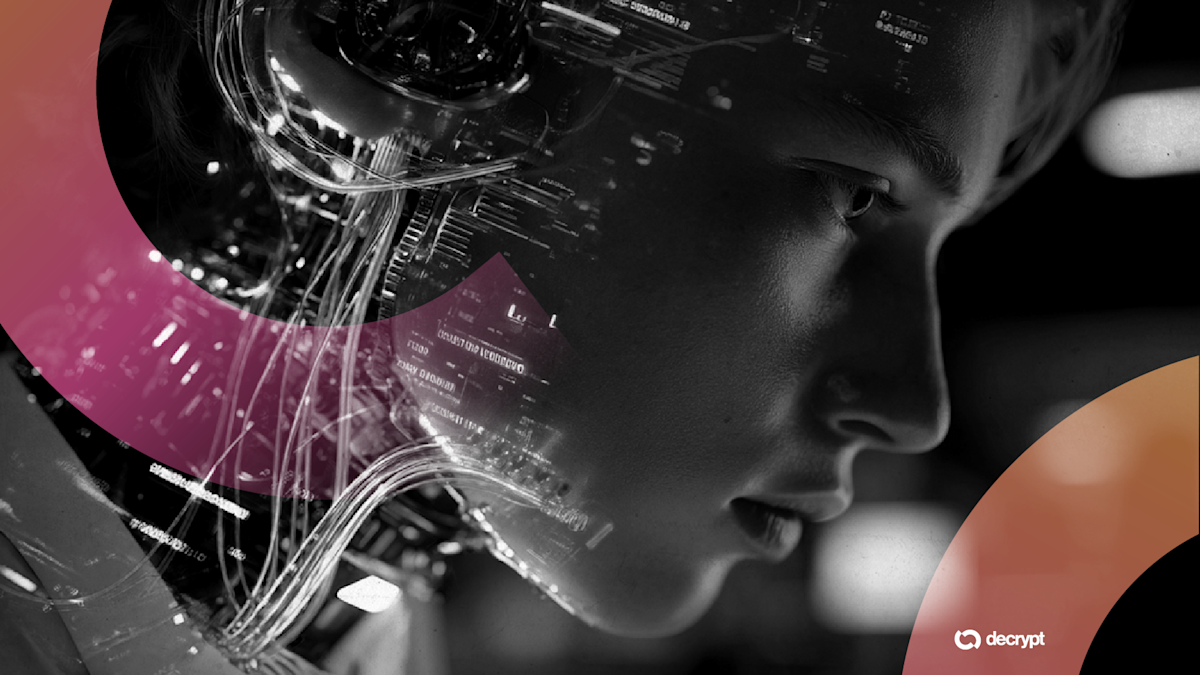Can AI Help Invent the Next Superconductor? MIT and Samsung Researchers Think So
What if an AI system could propose a recipe for a new material that conducts electricity with zero resistance at room temperature—a holy grail for quantum computing and next-generation power grids?
That’s the promise researchers are edging toward with new tools that connect large language models to the laws of physics, ensuring their suggestions don’t just look plausible in prose but actually hold up in the lab.
At MIT, scientists have introduced SCIGEN, a framework designed to steer generative AI toward designing materials with exotic properties. The system can propose candidate compounds that might, for example, exhibit topological phases, unusual magnetic behavior, or superconductivity at higher temperatures than today’s known materials. Unlike conventional AI approaches that often hallucinate impossible molecules, SCIGEN integrates physics and chemistry priors to keep generation grounded in reality.
Here’s why this is a pretty exciting direction: The space of possible materials is astronomically large, and trial-and-error discovery is slow and expensive. By coupling generative models with scientific constraints, MIT researchers argue, scientists can explore promising regions of that space far more efficiently.
“Instead of manually screening thousands of hypothetical compounds, an AI can generate and rank candidates that are both novel and physically feasible,” the team said in its announcement.
A parallel effort from Samsung researchers tackles the same issue from a different angle. The tech giant’s recent paper, “Aligning Reasoning LLMs for Materials Discovery With Physics-Aware Rejection Sampling,” describes a method called PaRS.
AI Is Now Way Better at Predicting Startup Success Than VCs
Rather than guiding generation up front, PaRS filters the reasoning traces produced by large language models, discarding any that violate known physical laws or exceed empirical bounds. The approach improved accuracy and reduced “physics violations” in tests on device recipes such as quantum-dot LEDs.
Taken together, SCIGEN and PaRS exemplify a broader trend: “physics-aware AI for science.” Generative models can imagine structures human researchers might never consider, but left unchecked they often produce nonsense. By embedding domain constraints—either through guided generation or rejection sampling—these new systems aim to ensure creativity is tethered to reality.
Google Expands AI Risk Rules After Study Shows Scary ‘Shutdown Resistance’
The payoff could be profound. In quantum computing, exotic materials with stable quantum phases are critical for building scalable qubits. In energy, new catalysts could make hydrogen production cleaner and cheaper. In electronics, novel semiconductors could push past silicon’s limits. If SCIGEN or PaRS can help surface even a handful of viable candidates, then the impact could ripple across industries.
For now, both methods remain early research. SCIGEN has shown promise in generating candidates consistent with theoretical predictions, while PaRS has cut error rates in device-performance forecasting. But the combination—AI systems that both propose and rigorously filter materials—points to a future where discovery is accelerated not by luck, but by machine-guided design.



Leave a Comment
Your email address will not be published. Required fields are marked *